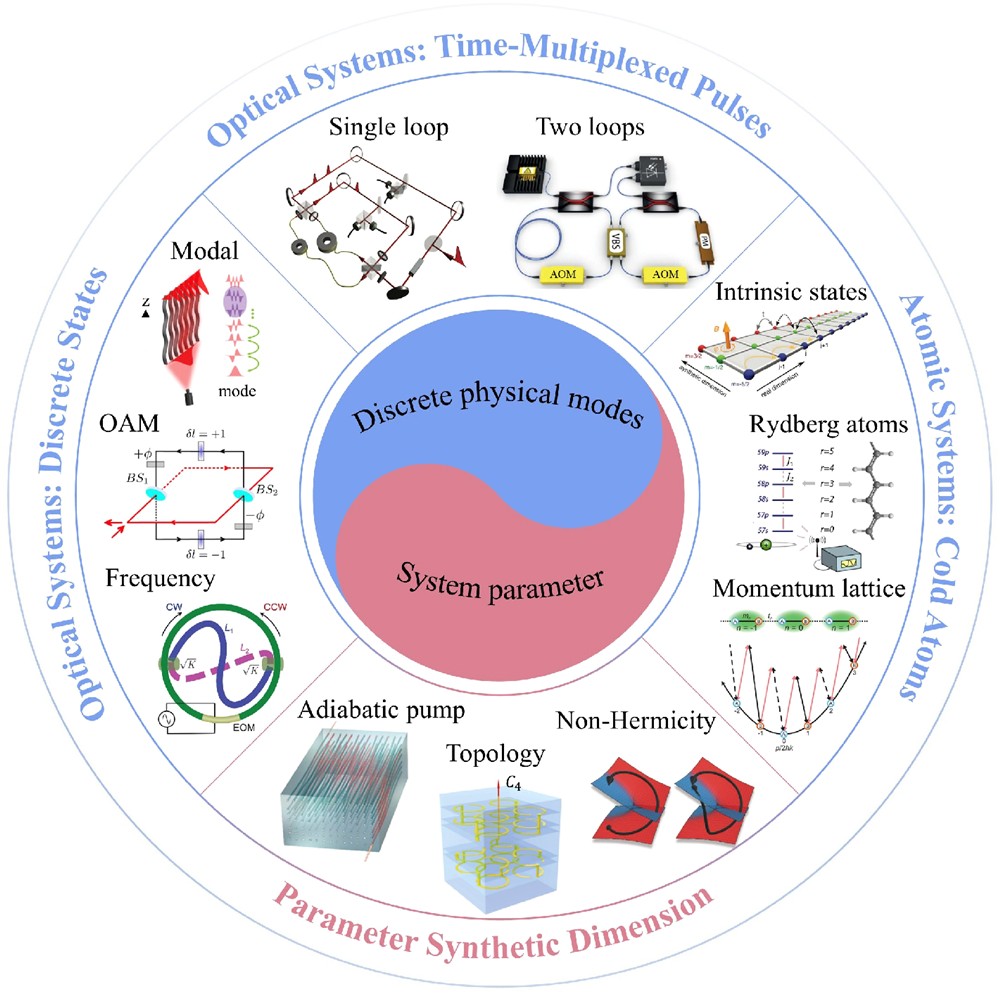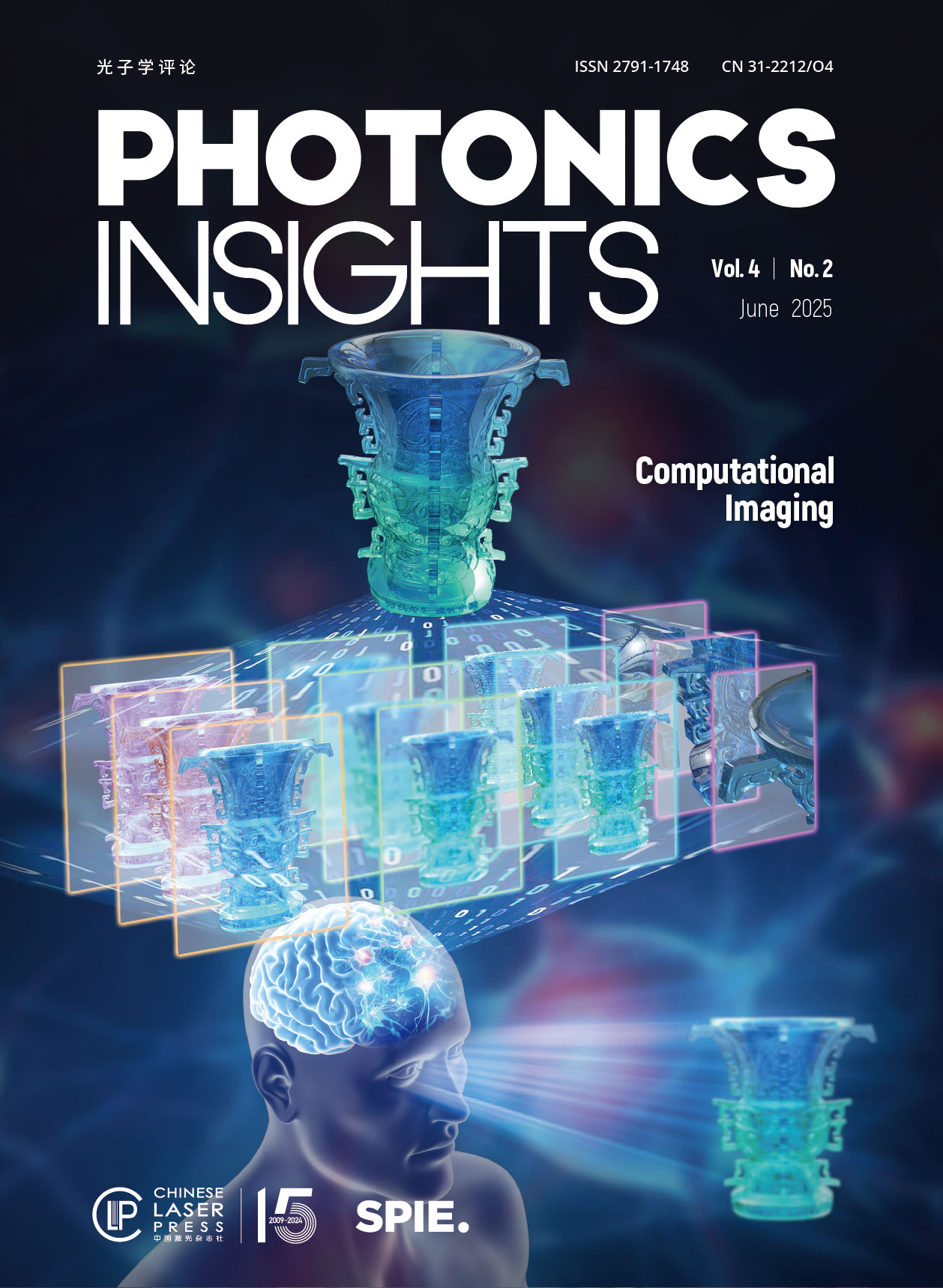Photonics Insights, 2025, 4 (2): R06, Published Online: Jul. 1, 2025
Comprehensive review on developments of synthetic dimensions
AI Picture Guide AI One Sentence AI Short Abstract
Note: This section is automatically generated by AI . The website and platform operators shall not be liable for any commercial or legal consequences arising from your use of AI generated content on this website. Please be aware of this.
Abstract
The concept of synthetic dimensions has emerged as a powerful framework in photonics and atomic physics, enabling the exploration of high-dimensional physics beyond conventional spatial constraints. Originally developed for quantum simulations in high dimensions, synthetic dimensions have since demonstrated advantages in designing novel Hamiltonians and manipulating quantum or optical states for exploring topological physics, and for applications in computing and information processing. Here, we provide a comprehensive overview of progress in synthetic dimensions across photonic, atomic, and other physical platforms over the past decade. We showcase different approaches used to construct synthetic dimensions and highlight key physical phenomena enabled by the advantage of such a framework. By offering a unified perspective on developments in this field, we aim to provide insights into how synthetic dimensions can bridge fundamental physics and applied technologies, fostering interdisciplinary engagement in quantum simulation, atomic and photonic engineering, and information processing.
Danying Yu, Wange Song, Luojia Wang, Rohith Srikanth, Sashank Kaushik Sridhar, Tao Chen, Chenxi Huang, Guangzhen Li, Xin Qiao, Xiaoxiong Wu, Zhaohui Dong, Yanyan He, Meng Xiao, Xianfeng Chen, Avik Dutt, Bryce Gadway, Luqi Yuan. Comprehensive review on developments of synthetic dimensions[J]. Photonics Insights, 2025, 4(2): R06.







